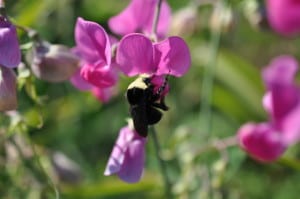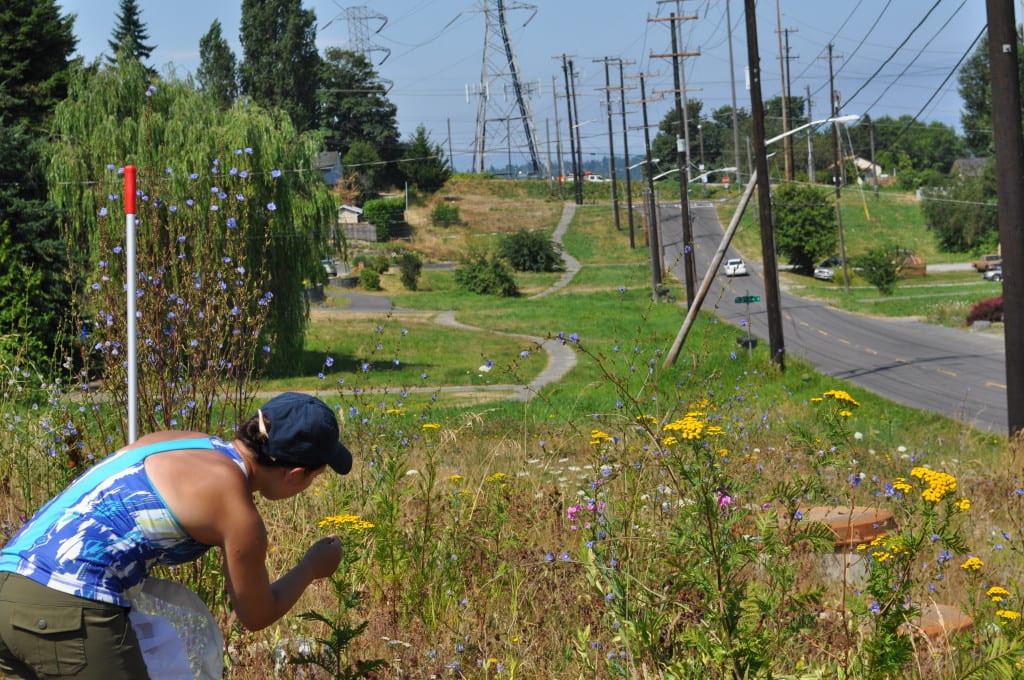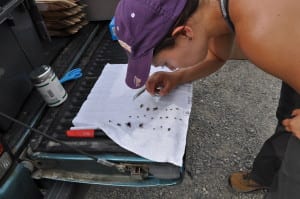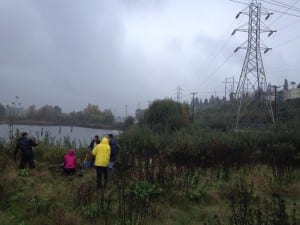 Seattle City Light is working with a host of stakeholder groups to create a lot more buzz along the corridor for the utility’s Creston-Duwamish transmission line by enhancing habitat for native bees.
Seattle City Light is working with a host of stakeholder groups to create a lot more buzz along the corridor for the utility’s Creston-Duwamish transmission line by enhancing habitat for native bees. 
Seattle City Light is working with partners to enhance habitat for native pollinators like this bumble bee.
Seattle City Light is working with a host of stakeholder groups to create a lot more buzz along the corridor for the utility’s Creston-Duwamish transmission line, which runs from South Seattle to Tukwila.
The collaboration is aimed at improving habitat in the area for native bees and other pollinators.
City Light is working with The Common Acre, Earth Corps, Veterans Conservation Corps, the City of Tukwila, Forterra and the Friends of Duwamish Hill on the project. Work includes a survey of existing vegetation and pollinators; removal of non-native or invasive plants; and planting native vegetation that supports native pollinators, such as mason bees, bumble bees and butterflies.
“Specifically, we are looking at how pollinator habitat impacts management of tree species and invasive weeds and then how effective are the habitat improvements at increasing the number of bees and butterflies,” City Light Senior Environmental Analyst Rory Denovan said.

A researcher from The Common Acre collects a bee from the Creston-Duwamish transmission right of way.
Additionally, the utility hopes the native plants will suppress the growth of invasive weeds and trees, reducing the risk that those plants would grow into the transmission lines where they could disrupt service, Denovan said.
The project started as part of the Enhanced Environmental Leadership Initiative outlined in City Light’s six-year Strategic Plan and is a cooperative effort between City Light’s Vegetation Management unit and Environmental Affairs and Real Estate Division. “This program builds on the long history of partnerships and habitat expertise that City Light Vegetation Management staff have developed over the years,“ Denovan said.
The utility created a Community Stakeholder Team to identify opportunities for additional environmental engagement. Team member Bob Redmond, who is the executive director of The Common Acre, pitched the idea of improving habitat for pollinators, and the project took flight.
The Common Acre has been working with the Port of Seattle since 2011 on a similar project called “Flight Path” that uses open space near SeaTac International Airport for honeybee hives and habitat restoration with native plants such as goldenrod, big leaf maples and rhododendron, to support native bees.
Read The Seattle Globalist story about Common Acre’s efforts here.
Seattle City Light is the 10th largest public electric utility in the United States. It has some of the lowest cost customer rates of any urban utility, providing reliable, renewable and environmentally responsible power to about 750,000 Seattle area residents. City Light has been greenhouse gas neutral since 2005, the first electric utility in the nation to achieve that distinction.

